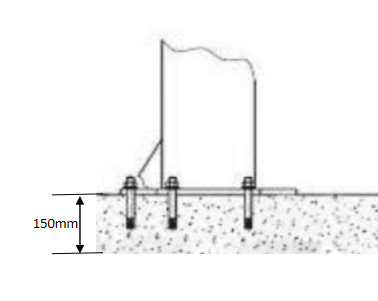Garage parking stackers, mechanical parking lifts, and similar equipment offer versatile solutions for optimizing parking space and improving vehicle storage efficiency. However, selecting the most suitable lifting system from the wide variety available requires careful consideration of several critical factors to ensure safe and efficient operation.
Load capacity is the primary consideration. Different vehicle parking lift models support varying weight ranges—from 1 ton for light vehicles up to 10 tons for heavy-duty applications. Accurately assessing the types and weights of vehicles you handle daily is essential. Overloading not only compromises safety but also drastically reduces the equipment’s lifespan.
Space requirements also play a crucial role. Modern lifts come in diverse designs, each with distinct spatial needs:
·Four-post lifts provide superior stability for heavy vehicles but require more floor space.
·Two-post lifts offer space efficiency, making them ideal for compact areas.
·Scissor lifts feature low-profile, embedded designs that maximize ground-level space while maintaining a clean layout.
Adequate clearance for operation and movement must also be factored into installation planning.
Site preparation is equally important. The installation surface must consist of at least 150mm thick reinforced concrete with a level, stable finish to prevent shifting or instability. Professional site evaluation—and reinforcement if necessary—is highly recommended before installation.
From an application standpoint, each car parking lift type serves different needs:
·4 post parking lifts excel in both storage and maintenance settings due to their versatility.
·2 post parking lifts are cost-effective for small to mid-sized vehicles but unsuitable for large SUVs.
·Scissor lifts work best in space-constrained environments.
For vertical space optimization, multi-tiered lifting platforms provide the high storage density.
Durability and maintenance are key to long-term performance. High-quality materials, precision engineering (especially in hydraulic systems), and a routine maintenance plan—including structural inspections, hydraulic checks, and lubrication—are vital for extending service life. Maintaining detailed service records helps track upkeep schedules.
Professional installation ensures safety and compliance. While DIY installation is possible with provided manuals and instructional videos, complex systems or non-standard sites should be handled by certified technicians to meet all safety regulations.
Whether for commercial parking facilities or residential use, choosing the right lifting system enhances both efficiency and safety. By thoroughly evaluating operational needs and consulting with trusted suppliers, you can invest in a reliable, long-term solution that maximizes parking space utilization.
Post time: Jun-23-2025


